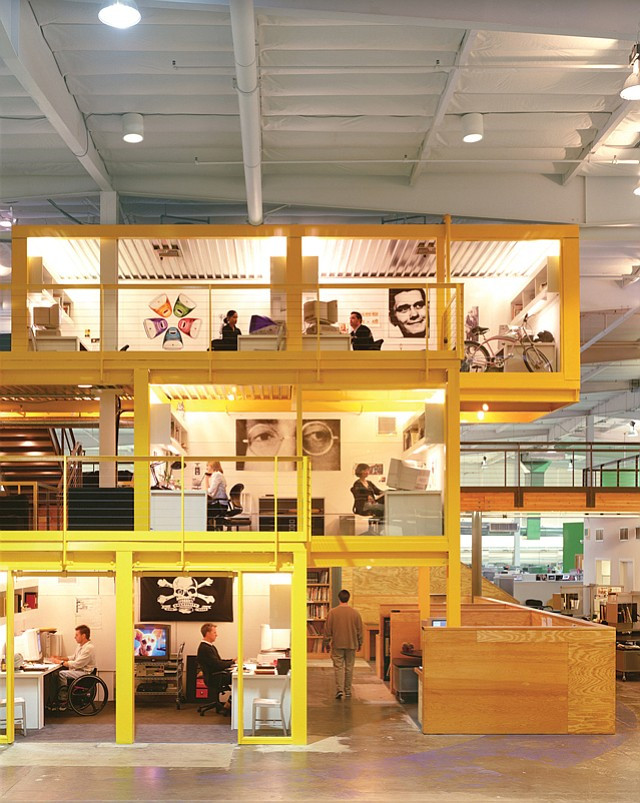Alternative Office Development
The architectural possibilities of office development in the light of the co‐working offices
- Author
- László Tamás DLA
- Supervisor
- Fejérdy Péter DLA
- Year
- 2018
- Download disszertáció
The doctoral dissertation would like to present and structure the architectural aspects of today's alternative office development opportunities that have come to the fore with the emergence and dynamic spread of co‐working office formats. For efficient use of these architectural tools, it is necessary to name the functional, architectural and interior architectural elements that underlie development, to know their role, their effects, and to see what existing physical and organizational contexts they use during their application.
To this end, the first part of the dissertation seeks to highlight backgrounds that explore the phenomena of co‐working offices, relevant environmental psychology research and the architectural history of office forms. In this way, the chapters in the review provide a picture of the characteristics and critiques of co‐working offices, ‐ the environmental psychological factors of the office environment and the schematic office structures that are related to the different organizational structures. After that, we can get acquainted with the origins of the co‐working offices, the history of the co‐working network, and the architectural development history of the traditional office function in order to show, how cultural resources developed in the next section of the dissertation are rooted in the cultural antecedents.
The second part of the dissertation elaborates the possibilities, conditions and regularities of the use of architectural tools borrowed from co‐working offices in an individual design model. First of all, it seeks the role of architects in the process of development ‐ and what are the developments under which they are justified and how different elements of the development can be coordinated. There is an interpretation about the use, types and the practical aspects of the multifunctional and intermediate spaces („ breakout zones”, „third spaces”) that represent alternative office development. Furthermore, it defines how these can act as a catalyst for organizational operations of an office. Finally, it is worth to look at some of the examples that, with their differences, cover the diversity of alternative office development situations. Hopefully the dissertation will give inspiration and ideas for the most creative use of alternative office building tools.
